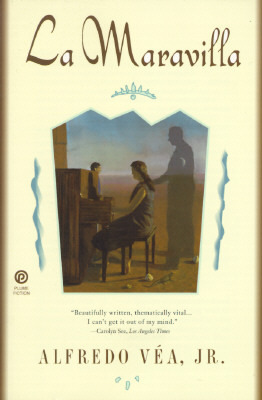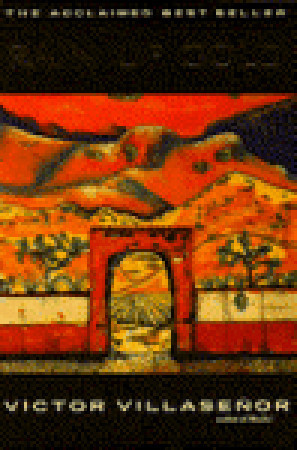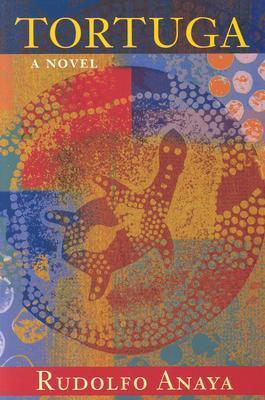
La Maravilla
Book Description
A world of dreams and haunting realities collides in 'La Maravilla,' where a young boy grapples with the ghosts of his past amidst a vibrant tapestry of cultural clashes. The shadows of family secrets and the unyielding grip of fate loom over him, igniting a fierce struggle for identity and belonging. As tensions rise and relationships fray, hope flickers like a dying candle, urging him to confront the unimaginable. Can he summon the courage to break free from the chains of his heritage, or will the weight of tradition drag him into darkness? What will he sacrifice for the chance to define his own destiny?
Quick Book Summary
"La Maravilla" by Alfredo Véa is a richly layered tale set in Buckeye Road, an outcast barrio on the edge of Phoenix, Arizona, during the 1950s. The story follows young Beto, who is raised by his mixed-heritage grandmother Josephina, a Yaqui curandera, and his grandfather Manuel, a Spanish former lion tamer. Through their mystical and spiritual teachings, Beto navigates a landscape haunted by ghosts, dreams, and the painful realities of poverty and cultural collision. Véa blends magical realism with historical nuance, exploring how Beto confronts family secrets, the weight of his heritage, and a community fractured by racial and generational divides. Ultimately, Beto seeks identity, belonging, and hope amidst trauma, forging his own path toward self-discovery and the meaning of "la maravilla"—miracle or wonder.
Summary of Key Ideas
Table of Contents
Cultural and Generational Identity
Set against the dusty, sun-baked outlands of 1950s Buckeye Road, "La Maravilla" opens with the coming-of-age journey of Beto, a young boy whose parents' abandonment leaves him in the care of his unconventional grandparents. Josephina, a Yaqui curandera, and Manuel, a Spanish expatriate, offer Beto a hybrid spiritual upbringing, blending Catholic, Yaqui, African, and Spanish rituals. This convergence reflects the rich yet often painful tapestry of cultural fusion defining their community—a world inhabited by prostitutes, outcasts, and spiritualists.
Magical Realism and Spirituality
Throughout Beto’s transformation, Véa infuses the narrative with magical realism, imbuing the mundane with elements of wonder and the supernatural. Spiritual visions, spectral visitations, and ancestral memories haunt Beto’s days and nights, revealing a dimension where the boundaries between past and present, real and unreal, are permeable. These mystical experiences bring comfort and confusion, intertwining Beto’s identity with the burdens and blessings of his heritage. The enigmatic presence of "la maravilla"—the miraculous or wondrous—serves as both literal and symbolic guidance for his journey.
Family Secrets and Trauma
The weight of family secrets and generational trauma plays a central role in shaping Beto’s understanding of self. Stories left untold and wounds left unhealed cast long shadows, affecting not only Beto but his entire community. Josephina and Manuel, each bearing their own hidden pains and regrets, struggle to communicate truthfully with Beto. Their reluctance to fully disclose their pasts forms a barrier, threatening Beto’s ability to forge his own sense of identity and agency against the powerful grip of tradition.
Belonging and Alienation
In the fractured, marginalized landscape of Buckeye Road, Beto encounters a host of characters whose lives are marked by displacement, prejudice, and loss. From the shunned prostitutes who make up a surrogate family, to fellow misfits and spiritual seekers, the community’s shared experiences of alienation paradoxically knit them together. Through quiet acts of rebellion and mutual support, they summon resilience in the face of both external hostility and internal divisions.
Resilience Among Marginalized Communities
As the narrative unfolds, Beto must ultimately decide whether to accept the destiny prescribed by his cultural inheritance or forge a new path. The story’s conclusion is both hopeful and sobering; Beto’s awakening to the complexity of his world is accompanied by pain, sacrifice, and the necessity of confronting the past. Yet, "La Maravilla" leaves readers with the conviction that amidst darkness, one can find moments of beauty, meaning, and connection—miracles that sustain the spirit.
Download This Summary
Get a free PDF of this summary instantly — no email required.





